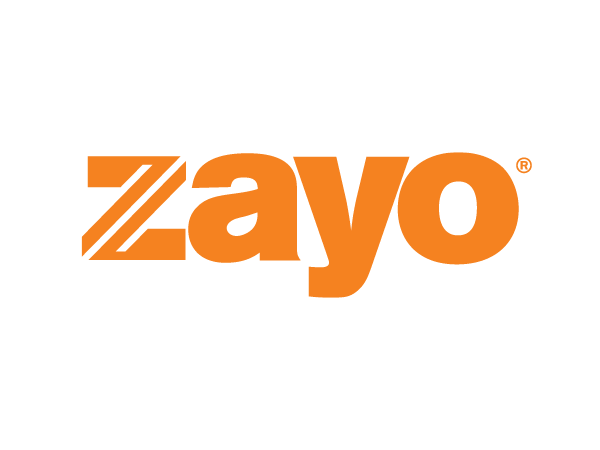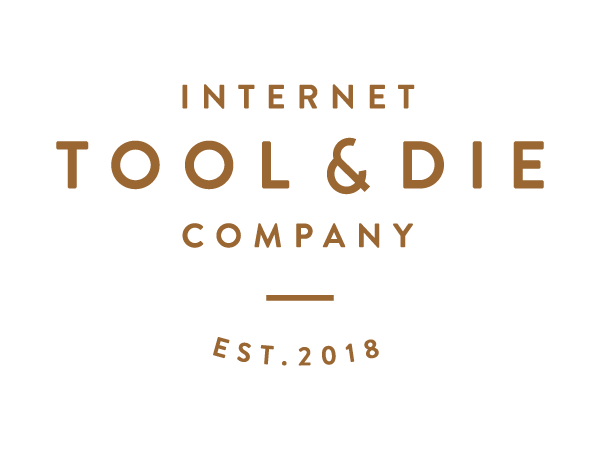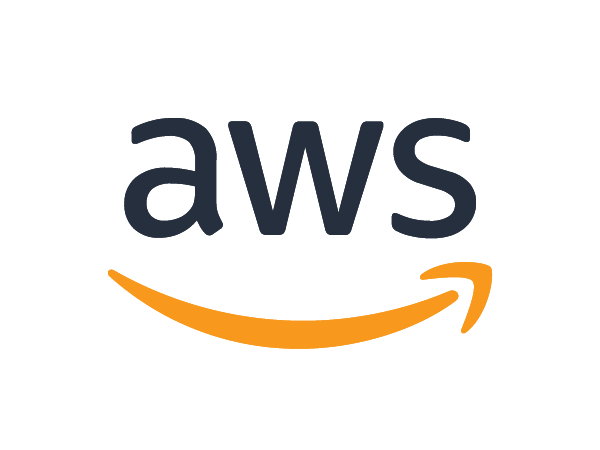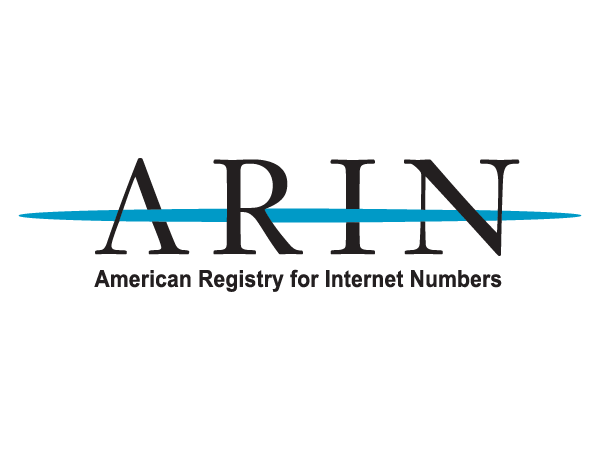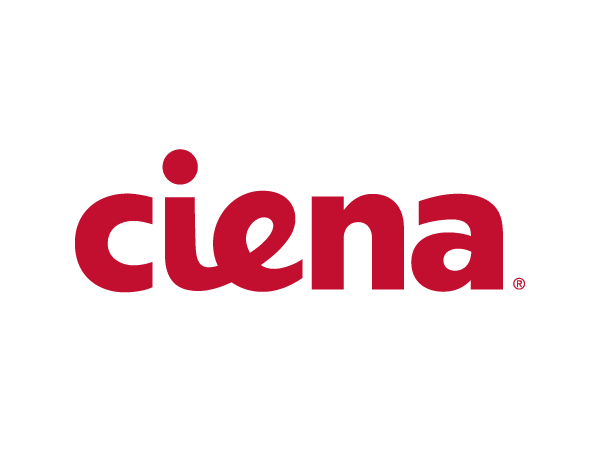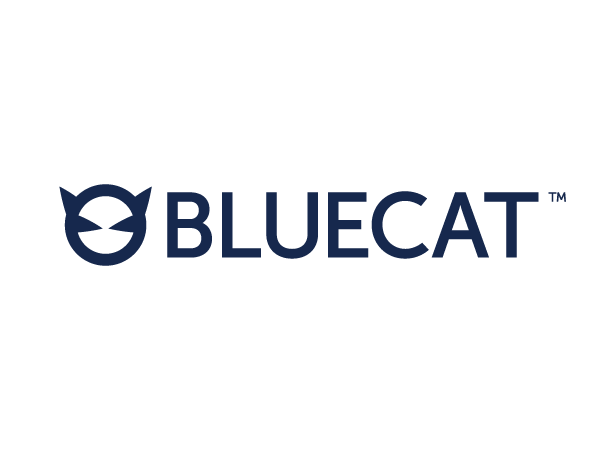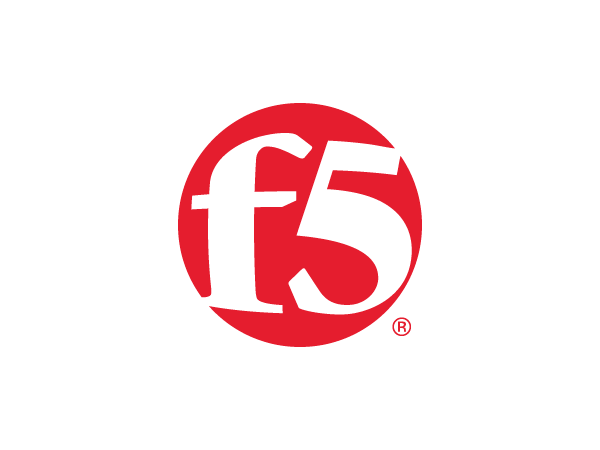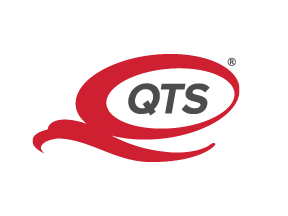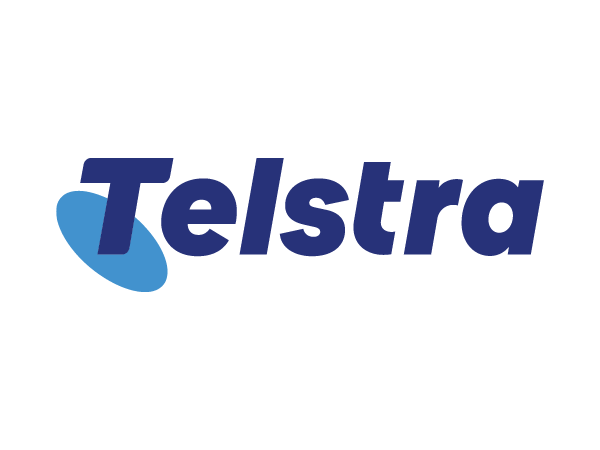NANOG 88 Agenda
NANOG 88 Agenda
Click on any talk title in the agenda to view the full abstract and speaker info.
Please note agenda is subject to change.
Sunday, June 11, 2023
| Topic/Presenter |
|---|
Full AbstractWednesday, 07 Jun, 1100 PDT Welcome / Introduction / Infrastructure tutorial / Idea Pitching via Zoom Theme: Interacting With Sources of Truth v 2.0 The NANOG 88 Hackathon will continue to focus on “Interacting With Sources of Truth”, whether it’s a single database or a collection of correlated data from multiple sources. Examples include IPAM or Configuration Databases, Datacenter Infrastructure Management Databases, Configuration Templates/Models, RPKI Validators, etc. You could develop a feature or fix a bug for an existing open-source solution or roll your own! During this Hackathon, team leaders will work with teams collaboratively to understand the respective code bases and help troubleshoot issues. Utilizing collaboration services from Zoom and Slack and lab infrastructure consisting of virtualized devices from several vendors, Hackathon participants can work individually or self-organize into teams to work on software passion projects. Learn more + register: https://nanog.org/events/nanog-88-hackathon/ |
Full AbstractExploring the Fundamentals of DNS - Can You Dig It? (1-Day Course) - All skill levels are welcome Exploration of the history of the Domain Number System (DNS), the original design, how it works, and its evolution. The Domain Name System (DNS) is a distributed database that maps domain names to IP addresses and is a core piece of Internet functionality. This 1-day seminar will kick off our 88th community-wide conference in Seattle, WA. Learn about the DNS via discussion and real-world, real-time, hands-on investigation. The DNS is a critical part of Internet functionality. It is quite an old protocol, with many, many modifications made over the years. We'll talk about the original designs and current implementations while seeing all this in action using freely available tools, mostly Dig. Registration is limited to 20 participants. https://www.nanog.org/events/nanog-88-dns-fundamentals/registration/registrant |
|
|
Monday, June 12, 2023
| Topic/Presenter |
|---|
|
|
|
|
NANOG 88 Newcomers Orientation
Edward McNair - Right-Brain Consulting
FilesFull AbstractNew to NANOG ? Don’t miss our Newcomers Breakfast for an opportunity to network with fellow newcomers and learn more about NANOG - both the community and the organization. Topics to be covered include: Speakers
|
|
|
Keynote: From Data Links to Internets
Len Bosack - XKL, LLC
Full AbstractFrom Data Links to Internets: A quick tour Speakers
|
API driven Network Orchestration
Mahesh Jethanandani - Arrcus, Inc.
Full AbstractOne of the biggest issues for network managers is the growth of costs for network operations. The growth of data and devices is starting to outpace IT capabilities, making manual approaches nearly impossible. Yet up to 95 percent of network changes are performed manually, resulting in operational costs 2 to 3 times higher than the cost of the network itself. Increased IT automation, centrally and remotely managed, is essential for businesses to keep pace in this fast changing world of devices, features and capabilities. As chair of the NETCONF Working Group in IETF, I have spent years in the development of solutions that enable providers to orchestrate the deployment of network equipment. This talk will not only provide the motivation why API driven orchestration is important, the protocols and language that support that effort, but will offer practical tools and resources to enable providers to adopt network orchestration. Speakers
|
Peering API Automation
Jenny Ramseyer
Matt Griswold - 20C, FullCtl
Erica Salvaneschi - Cloudflare
Full AbstractJenny Ramseyer (Meta), Matt Griswold (FullCtl) and Erica Salvaneschi (Cloudflare), will present "Peering API Automation." Jenny, along with Ben Ryall, presented "Automating Peering@" at NANOG85 in 2022. After that presentation, we gathered interested parties at other companies, and put together a working group at NANOG86 to set up an automated Peering API RFC and demo. Now, together with Erica and Matt, we will present our proposed API and demo. Speakers
|
|
|
Panel: How to Survive NANOG as an Introvert
Louie Lee - Google Fiber
Maurice Dean
Lee Howard - IPv4.Global
Kathleen Hunter
Adair Thaxton
Full AbstractAre you feeling intimidated coming to a large conference with big personalities from famous tech companies? If you weren't before, are you now? We will meet NANOG community members who self-identify as introverts, and discuss their thoughts around coming to NANOG meetings and their strategies to deal with the stress. Speakers
|
Dive deep on AWS networking infrastructure
Lincoln Dale
Fredrik Korsbäck
Full AbstractA 45-60min presentation on AWS Edge Networking - for the first time ever we will pop the hood on some of our own routers and switches and explain whats going on inside, and what value it brings to us and our peers. Speakers
|
Protecting Critical Infrastructure against Ransom DDoS attacks
Omer Yoachimik - Cloudflare
Full AbstractDDoS attacks are back in the headlines and disrupting businesses across the globe. Though these threats aren’t new, they are evolving and increasing in size, complexity, and frequency. During this session, we will start by setting the context of the most recent trends, discuss the pro-Russian hactivist group "Killnet" and their cyberattacks on western critical infrastructure, and introduce the new generation of modern VPS-based botnets that are capable of launching hyper-volumetric DDoS attacks exceeding 71 million rps (the largest in history) with a fraction of the bot fleet previously needed. We will then review the lessons learned from a real-world example from a Fortune Global 500 company that operates critical infrastructure and was targeted by Ransom DDoS attacks. Join Omer Yoachimik, Senior Product Manager for DDoS Protection at Cloudflare to learn about the threat landscape and how to prepare. Speakers
|
Off-label use of DNS
Fatema Bannat Wala
Full AbstractDNS is known to be one of the most widely abused protocols by Speakers
|
Reelin' in Unwanted Traffic
Phil Roberts
Full AbstractOver three years ago, the Global Cyber Alliance (GCA) established a worldwide honeyfarm, with hundreds of sensors, to collect IoT attack traffic for analysis. GCA now has terabytes of data, with over a million hits a day on the honeyfarm sensors. If nothing else, it clearly communicates that the Internet is full of a lot of unwanted traffic, hammering unrelentingly on unsuspecting devices. GCA’s interest is in using this project to help protect (IoT) devices and networks from such bad actors. The open question is: how to reduce the amount and impact of such unwanted traffic, without building IP block lists or otherwise unwittingly carving up the Internet? This presentation will review some of the data from the honeyfarm collection, giving a sense of what we have learned, and some of the surprises along the way (e.g., 5 IP addresses that spewed MIRAI at GCA’s sensors every single day for over 2 years). More importantly, it will raise a series of questions about what can be done to address the level of unwanted traffic on the Internet, in ways that are consistent with a continued free and open Internet. Speakers
|
ARIN General Update
John Sweeting-OP
Full AbstractARIN is a nonprofit, member-based organization that administers IP addresses and ASNs in support of the operation and growth of the Internet. Hear from ARIN's Chief Customer Officer on where the organization sits with IPv6 growth, IPv4 Waitlist and Transfer stats, along with other notable organizational updates. Speakers
|
Bogons Observatory
Lefteris Manassakis - Code BGP
FilesFull AbstractBogon prefixes and Bogon Autonomous System numbers (ASes) have been well-known concepts within the networking community for the past twenty years. However, their precise definitions remain somewhat unclear. Speakers
|
The Resiliency of the Ukrainian Segment of the Internet
Oleksiy Semenyaka
Full AbstractI would like to share the experience of the Ukrainian Telecom industry's survival during the war, looking at both technical and social aspects. We will examine an outline of everything that happened from the first days of the invasion to the time of NANOG88. The presentation is based on Internet measurements, interviews with Ukrainian Internet specialists, and my personal experience as a person living in Ukraine. Speakers
|
Full AbstractThe forum provides time for attendees to meet and network with others in the peering community present at NANOG. Peering Representatives, who completed and submitted the form will have a dedicated highboy table for up to 2 representatives. They will be able to distribute business cards, and provide a white paper or 1 sheet marketing page. Please note: any other type of giveaway is not allowed. Sponsors: |
Full AbstractGameWorks *NANOG Badge required for entry |
Tuesday, June 13, 2023
| Topic/Presenter |
|---|
|
|
|
|
Full AbstractThe Members Meeting agenda and link to the webinar details are available for Members only. You MUST be signed in with your NANOG Profile account to view the Members Meeting Agenda page. Please bring (or share via email) any questions you would like to discuss at the meeting. |
2023 State of Network Automation Survey Results
Chris Grundemann - FullCtl
Full AbstractThere’s a lot of talk about network automation these days. In fact, it’s hard to read a networking blog, listen to a networking podcast, or go to a networking event without hearing something about automation, APIs, or AI. And this makes sense, there is almost always more work to do than any of us can keep up with, and networks seem to be getting more complex every day. But how much network automation is actually deployed, in production, today? I conducted a survey following NANOG 87 to find out — and now I want to share what I found with you! Speakers
|
Design Driven Network Assurance
Jeremy Schulman
Full AbstractIn this talk Jeremy will present MLB's approach to network automation and Infrastructure as Code. This system is used to design, deploy, and validate complex multi-vendor networks, in the presence of on-going design changes. The "prime directive" focuses on validating the expected operational state. Jeremy will discuss the architectural elements and the benefits of this methodology. He will also offer a comparative analysis of traditional configuration-management IaC approaches. Speakers
|
Network Telemetry on modern routers
Pavel Odintsov - FastNetMon LTD
Full AbstractIn this presentation Pavel Odintsov will provide detailed overview of traffic telemetry protocols available in modern routing platforms. Pavel will cover well known protocols such as Netflow, IPFIX, sFlow, port mirror and will provide deep dive into modern protocols such us Inline monitoring services and IPFIX 315. Pavel has extensive experience in implementation of all these protocols as part of his work on open source DDoS detection product FastNetMon Community. Speakers
|
|
|
How to Converge IP and Optical: a Deployment Example
Randy Zhang - Cisco
Full AbstractThe networking industry has built sophisticated multilayer networks over the decades to deliver IP and optical services. These networks often operate in silos with its own network elements, tooling, operations, lifecycles and organizational structures. There are growing demands to simplify the network to reduce the cost and increase sustainability. Recent advances in coherent optics, routing silicon, and automation software have made convergence of IP and optical layers a reality. Because the adoption journey toward convergence often begins with a set of use cases, this session will dive deep into the convergence through the lens of a practical deployment use case. Specifically the use case will look into a detailed set of steps to achieve IP and optical convergence, such as migration of transponders into digital coherent optics. Attendees will walk away with a good understanding of what IP and optical convergence means and how to begin such a journey through practical considerations such as outlined in this session. Speakers
|
Tutorial: BGP Techniques for Network Operators
Philip Smith - PFS Internet Development Pty Ltd
Full AbstractThe tutorial introduces network operators to some more advanced BGP features and techniques to aid with operating their networks within the Internet. After a recap of iBGP, eBGP and common attributes, the tutorial will look at the various scaling techniques available, when to use BGP instead of an IGP, and examine policy options available through the use of local preference, MED and communities. The second half of the tutorial looks at deployment techniques, including BGP network design, the announcing and receiving prefixes, aggregation, routing table growth and stability, finishing off with some configuration advice. Speakers
|
Deploying a backbone in APAC
Pierre-Yves Maunier - F5
Full AbstractF5 journey deploying a backbone in APAC. Speakers
|
Full AbstractEmbedded CDNs have been around for several decades. In the beginning there was Akamai and then Google. About a decade ago more showed up. In 2012, we did a panel at NANOG discussing the challenges for the ISPs who chose to embed. ISPs had to adapt to various differences for each of the solutions. The outlook was that an increased number of providers would offer an embedded solution, the variations would grow in complexity and the request or hope was alignment and standardization. So what has happened in the last decade? This talk will focus on the most common embedded solutions and their similarities, differences and evolution over the past decade. Speakers
|
|
|
Tutorial: pyGNMI and ChatGPT to troubleshoot EVPN Datacenter Fabrics
Mauricio Rojas - Nokia
Full AbstractAre you interested in learning about EVPN-VXLAN technologies for Datacenters and creating a virtual network lab using containerlab? Then join us for this upcoming tutorial where we will guide you through the process. Speakers
|
Full AbstractAs networks continue to grow in scale, automation has become crucial to optimise network operations. Building a network that supports automated operations requires the right foundational network architectures, signals, actions, and systems. In this presentation we will discuss these foundational elements and explain how they can be leveraged to minimise unintended network packet loss through automated network operations. We deep dive into the importance of precise signals to accurately detect and root cause network issues, which will then guide automation actions. We share our experience of defining a packet loss classification scheme to provide these signals and implementing it across various hardware platforms. Speakers
|
The New, Encrypted Protocol Stack & how to deal with it
Andreas Enotiadis
Full AbstractThe transition of network traffic from TCP to QUIC is happening extremely fast with measurements across the world showing QUIC has already reached nearly 50% of total traffic, doubling approximately every 18 months. The new protocol stack, comprising QUIC, encrypted over UDP, HTTP/3, DNS over HTTP (DoH) and eSNI/ECH, all over TLS (Transport Layer Security) 1.3, completely obfuscates the traffic between application nodes and simultaneously drives a phenomenal change in traffic flow behaviour with applications now fully in control of how they get delivered to end-users, disintermediating the network in the process. Large Internet & Cloud players and many emerging application players are rapidly adopting the new protocol stack and traditional TCP/IP derived technologies, combined with L4+ monitoring techniques, are proving largely insufficient in keeping up with this evolution. Application detection and visibility is significantly impaired by this stack and the key technological paradigms on which communications service providers have built their network capabilities are now being challenged and obsoleted by these new protocols. In this session, we will show how the new protocol stack is constructed, how it behaves in terms of both visibility and congestion management, the impact it has on infrastructure elements including the RAN (Radio Access Network) - and not only - and an analysis of how much traffic it occupies today in mobile and fixed networks. In addition, we will discuss the techniques Communication service providers can use to evolve their network architecture and services capabilities to keep pace with this evolving protocol stack, enabling better traffic visibility, Quality of Experience and more efficient use of precious 5G spectrum. Speakers
|
Lightning Talk: Migrating from ISC DHCP to Kea
Vicky Risk - Internet Systems Corporation (isc.org)
Full AbstractISC DHCP is embedded in a lot of networks, buried in the infrastructure nobody wants to touch. It still works, and in a very static network, it should continue to work reliably for a while. At some point, when you have to update the server or the network, you will discover the software is no longer maintained, you won't be able to find packages for your OS, and you will need to migrate to a new DHCP server system. ISC has just put up a web page at dhcp.isc.org that will enable you to quickly do a trial translation of your dhcpd.conf file to a Kea (JSON) configuration file. This will give you a good feel for how straightforward your migration might be, and what areas may require re-design. Speakers
|
Lightning Talk: Designing and Deploying Computer Networks (DDCN) Course
Dr. Hosein Badran - Internet Society
Full AbstractThis presentation will highlight the partnership between NANOG and the Internet Society in delivering education content useful to the NANOG growing community. The Designing and Deploying Computer Networks (DDCN) Course is the first course in this partnership. The DDCN course, a moderated online course, is for students with a basic understanding of computer hardware and software, and who are already familiar with personal computers. It begins with teaching the fundamentals of networking, Ethernet, as well as Wi-Fi technologies. From the fundamentals, the course moves into the planning, design, and deployment of simple LANs and covers the most common ways to connect a LAN to the Internet (mobile Internet, ADSL, fiber) and how to set up the connections. In addition, the course will present the most common maintenance issues as well as how to solve those issues. The course will have theoretical and practical components. Speakers
|
Lightning Talk: Seattle Community Network
Esther Jang
Full AbstractIn this talk we present the Seattle Community Network (SCN)- a local volunteer-run, educational, non-profit internet service provider focused on building and maintaining community-owned and DIY network infrastructure for digital equity and emergency resilience in the Seattle and Tacoma areas. Our core mission is to provide free internet access in low-resource communities such as tiny home villages and low-income housing complexes, and to demystify network and internet infrastructure for the general public. We currently run a variety of network infrastructure including LTE networks using CBRS spectrum, WiFi networks, and core network routers serving internet access in South Seattle, unincorporated King County, and Tacoma. Many thanks to NANOG Outreach for the opportunity for some of our core volunteers and community board members to attend NANOG 88 and present this talk. Speakers
|
Full AbstractAddress: Registration is Required: https://spinsocialinseattle.splashthat.com/ *NANOG Badge required for entry |
Wednesday, June 14, 2023
| Topic/Presenter |
|---|
|
|
|
|
NANOG 88 Community Meeting
Edward McNair - Right-Brain Consulting
Ron Grant - Balan Software / Networks
Chris Woodfield
Full AbstractDon’t miss our Community Meeting for an opportunity to hear about what is happening with NANOG and the Program Committee. Speakers
|
Full AbstractInternet Pioneer Scott Bradner has been involved in the design, operation, and use of data networks at Harvard University since the early days of the ARPANET. He is additionally a senior figure in the area of Internet governance.Join us for a open conversation as NANOG producer Elizabeth Drolet talks to Bradner about his own historic evolution with the Internet, what he thinks “the real power of the Internet” is + why he thinks the Internet cannot continue to exist in it’s current state. View all of our Internet Innovators sessions at https://nanog.org/news-stories/nanog-tv/internet-innovators/ |
Hijacking Hijinks
Matthew Schneider
Full AbstractIP hijacking (or claiming to take ownership of an IP range without authorization) has become a real problem as IP addresses have become more scarce and their price has increased. This will present a humorous take on one of the world's most prolific IP hijackers, and the resulting legal problems that resulted when they finally took things too far. Speakers
|
Route Views and BGP Data Updates
Greg Shepherd
Full AbstractThe University of Oregon’s Route Views platform provides detailed public views of Internet routing data since 1997. The presentation will give an overview of Route Views history, architecture, access methods, tools, and practical use cases. This will include examples on how network operators can leverage the Border Gateway Protocol (BGP) data from the Route Views platform to identify and address issues related to routing stability, security and performance for operational networks in the global Internet, how to access the Route Views BGP Monitoring Protocol (BMP) feed, and examples of automating monitoring using the Route Views API. Speakers
|
|
|
RPKI Ecosystem Measurement
Randy Bush
Full AbstractOne wonders how long it takes for the effect of RPKI changes to appear in the data plane. Does an operator that adds, fixes, or removes a Route Origin Authoriza- tion (ROA) have time to brew coffee or rather enjoy a long meal before the Internet routing infrastructure integrates the new information and the operator can assess the changes and resume work? The chain of ROA publication, from creation at Certification Authorities all the way to the routers and the effect on the data plane involves a large number of players, is not instantaneous, and is often dominated by ad hoc ad- ministrative decisions. Speakers
|
Full AbstractThis presentation provides practical guidance to make your hiring process more inclusive for anyone involved in the hiring process for technical teams. During this talk I will (1) provide a history of technical hiring and why our current norms are ineffective and biased against underrepresented groups (2) review cognitive biases and how they impact decision making (3) recommend some practical best practices for creating more inclusive interviews, and (4) provide examples of how to build a team culture to support more inclusive hiring systems. Speakers
|
Stand Up for Your Routes using the Resource Public Key Infrastructure (RPKI)
Brad Gorman - American Registry for Internet Numbers (ARIN)
Full AbstractStand Up for Your Routes using the Resource Public Key Infrastructure (RPKI) It’s never a good time for your routes to be hijacked. Whether by human error or deliberate action of a bad actor, the mis-configuration of an Internet connected device could result in a disruption of connectivity, even financial loss for your company. Would you like to limit your exposure to hijacks? Find out how easy it is to strengthen your routing security by using the opt-in RPKI services at ARIN. Speakers
|
Panel: Inclusive Hiring in the Tech Industry: Can We Afford to Not Hire Diversely?
Future Cain - CEO, Future of SEL
Kam Agahian - Oracle
Jill Bender
John Jason Brzozowski
Edward McNair - Right-Brain Consulting
Tina Morris - Amazon Web Services
Full AbstractThe technology industry is facing a number of economic challenges, including rising inflation, supply chain disruptions, and global uncertainties due to a tumultuous stock market. These challenges have led to widespread layoffs across the technology sector, last year alone - an estimated 93,000 jobs were cut from small to large tech companies. Despite these challenges, it is more important than ever for the tech industry to focus on inclusive hiring. Weathering the storm for many means not only surviving an economic slowdown by trimming costs, increasing efficiency, and growing revenues yet also looking for ways to remain innovative and building a strong competitive position for the future . A diverse and inclusive workforce is therefore essential for innovation, creativity, and customer understanding. The tech industry is notoriously white and male. In 2021, women made up only 26% of the workforce in the tech industry and while this figure is staggering, time and time again lackluster interviewing and recruiting strategies lead to a less diverse workforce and negative consequences for organizations including: This panel will discuss the challenges and opportunities of inclusive hiring in the technology industry. The panelists will share their experiences and insights on how to create more diverse and inclusive workplaces, even in the face of economic challenges. Speakers
|
FilesFull AbstractWith the growing complexity and scale of cyber attacks there is an urgent need for efficient, accurate, and rapid incident response. Speakers
|
RecordingsFull AbstractJoin us for a 15 minute video recap of the hackathon - where the theme was Interacting With Sources of Truth |
|
|
FilesFull AbstractPart 2; to the talk I gave at NANOG 76 and is one of the most viewed videos on YouTube. In this 30-minute session I will be going over the main network engineering areas most frequently quizzed by the tech giants and the proper way to prepare for such interviews. 1- Layer 4 (TCP/UDP): including the tiering details. Speakers
|
FilesFull AbstractThe legacy-space-rich US Research and Education Community lags in its embrace of creating RPKI-ROAs to improve their routing security. This presentation will share Internet2's experience in assisting with RPKI-ROA adoption. Challenges have included communication and training difficulties, aversion to change, and legal processes for state institutions. Speakers
|
Lightning Talk: Distributing Trust in Critical Societal Scale Computing Infrastructure
Sudheesh Singanamalla
FilesFull AbstractComputing is woven into the fabric of society and has begun to reshape it in unexpected ways. These changes have increased our reliance on hidden infrastructure powering cloud, telecom, and Internet service providers, making these systems & networks critical societal scale computing infrastructure. Today, we increasingly trust a small number of infrastructure providers, who operate at nation-scale with an incredible amount of our data and private information. While this ongoing colocation resulted in economies of scale, it opened up tremendous abuse potential. Organizations providing critical services to citizens in a country could (1) maliciously misuse the data collected without consent, (2) be legally compelled to breach user privacy by governments, (3) be attacked by hackers in efforts to breach and sell user data, and (4) mis-configure services or face infrastructure failures which might appear as attacks -- affecting customer trust, cause reputation and economic damages. While decentralization might be a tempting solution to address these challenges, it is difficult to achieve the scale, performance and ease of access of todays networks. My PhD thesis work focuses on scalable, and practical mechanisms in which users interacting with hidden infrastructure could gain privacy benefits keeping security unaffected through improved transparency, while maintaining comparable performance. In the lightning talk I would like to present the trust settings in today's computing infrastructure and propose secure practical alternatives specifically to enable private, and verifiable communications with critical Internet services such as through Oblivious DNS over HTTPS and improved connection coalescing through HTTP ORIGIN Frames. I would like to request feedback from NANOG attendees for my ongoing research work focused on improving DNS resolver transparency. Speakers
|
Files |
Network Lounge, sponsored by Segra, providing open seating space for attendee networking, located in the Columbia Foyer.
Espresso Bar, sponsored by QTS, is open Monday - Wednesday from 8:30 am to 4:30 pm, located in the Columbia Prefunction.
Meet Me Room, providing reserve-in-advance tables for attendee networking, is open Monday - Wednesday, located in 301 Ashnola + 302 Beckler.

